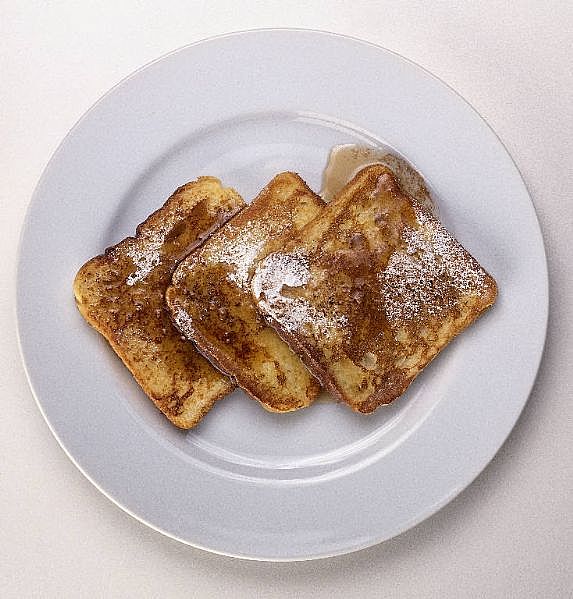A limiting reagent is a chemical, which contains fewer moles than its proportion requires, or that limits the product that is made. Essentially, a limiting reagent is what you need more of - what limits you from reaching the appropriate proportion. Eventually, we will get to solving limiting reagents problems, but before then, I would like to introduce you to several different things. |
||
There are several real life, logical examples to describe using limiting reagents.
1. Say you are an American chef cooking in your local diner, where your specialty is cooking a nice, tasty French Toast. In making the French Toast, you always uses one egg for every three slices of toast. However, this time after several customer complaints of the toast being soggy, you have realized the terrible mistake that you have made, by using 8 eggs for every 30 pieces of toast.
- Here, the limiting reagent is the eggs because it is what we need more of, we need two more eggs to match the previous, correct ratio of 1:3. With the two additional eggs, the 1:3 ratio of eggs to pieces of toast now equals the 10:30 ratio.
2. Say you are a car manufacturer who works at Toyota (what a coincidence!). Today, you illegally produced 8 cars using 27 wheels, as opposed to all other cars that are produced, which each have four wheels.
- Here, the limiting reagent is the amount of wheels because we need 5 more wheels to match the correct ratio of 1 car to 4 wheels. |
 |
|